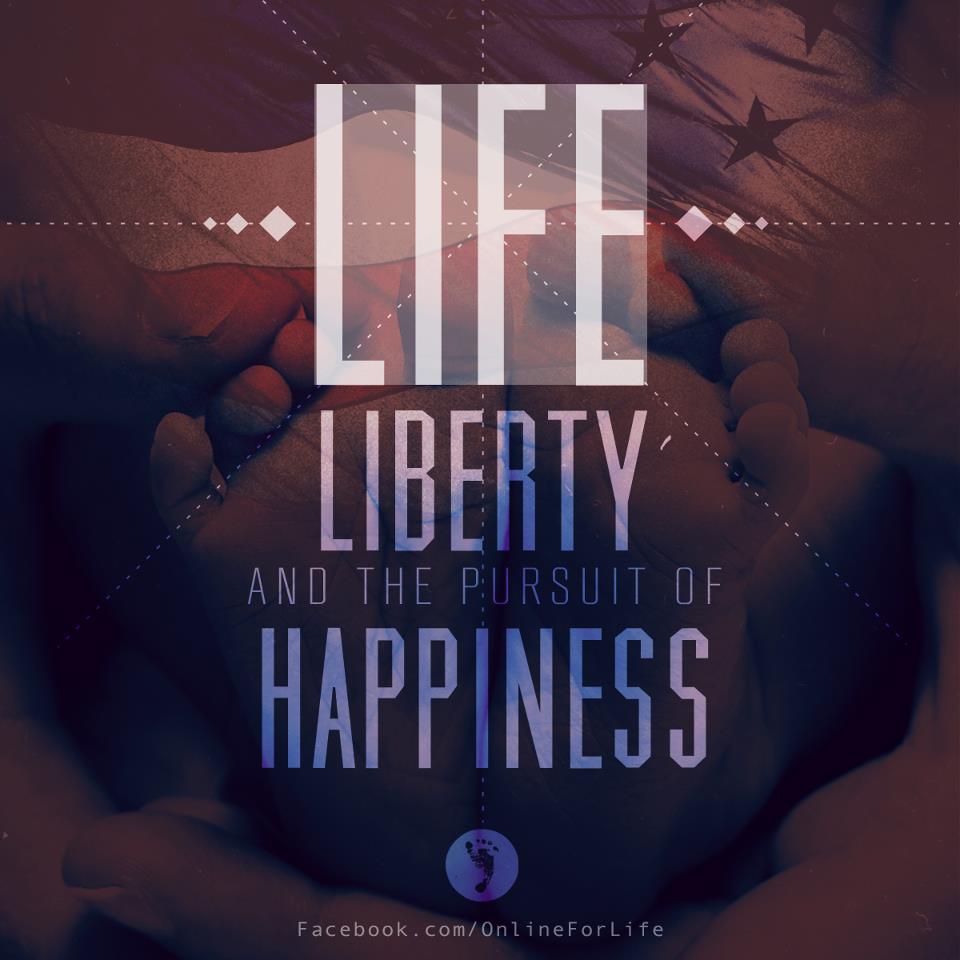

That’s probably an incorrect reading of the word’s import. Commentators often remark that the Declaration does not guarantee the right to obtain happiness, only the right to pursue what makes one happy. But there’s more.īefore considering “happiness” proper, we need to look at the “pursuit” part of the phrase. And, to be sure, the right to acquire the material conditions for life is an implication of this commitment.

More knowledgeable readers, thinking of Locke or the Fifth and Fourteenth Amendments, suggest that “happiness” is merely the Declaration’s synonym for property. That construction, however, makes the phrase effectively redundant with “liberty,” in the sense that both recognize a right to do what one wants to do. So the inalienability of the rights to life and to the pursuit of happiness necessarily structure the meaning of liberty in the Declaration.īut what about “the pursuit of happiness”? Today this phrase is usually understood to mean something like the right to chase after what gives one emotional happiness. In the philosophy of the Declaration, “liberty” cannot mean, say, a right to alienate one’s life by committing suicide, assisted or otherwise. According to the Declaration, however, inalienable rights to life and the pursuit of happiness exist in tandem with liberty. To wit, today Americans often think of liberty as “autonomy.” Indeed, in the Supreme Court notably defines the Fourteenth Amendment liberty guarantee as a protection of individual autonomy. This immediately changes implications of the terms. Inalienability is a restriction on rights’ holders. As I discussed last week, the heavy lifting of the adjective “unalienable” means that people cannot give or otherwise transfer these rights away. The Declaration of Independence famously affirms inalienable rights to life, liberty, and the pursuit of happiness.


 0 kommentar(er)
0 kommentar(er)
